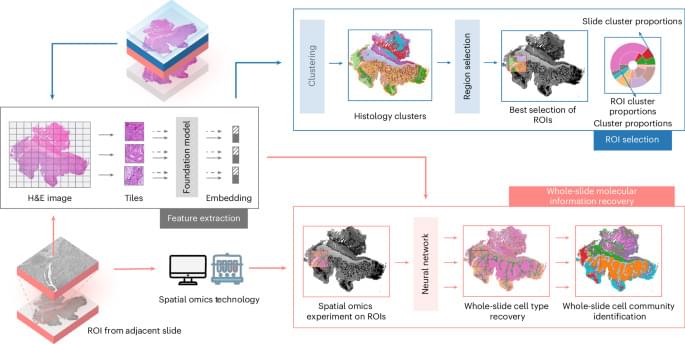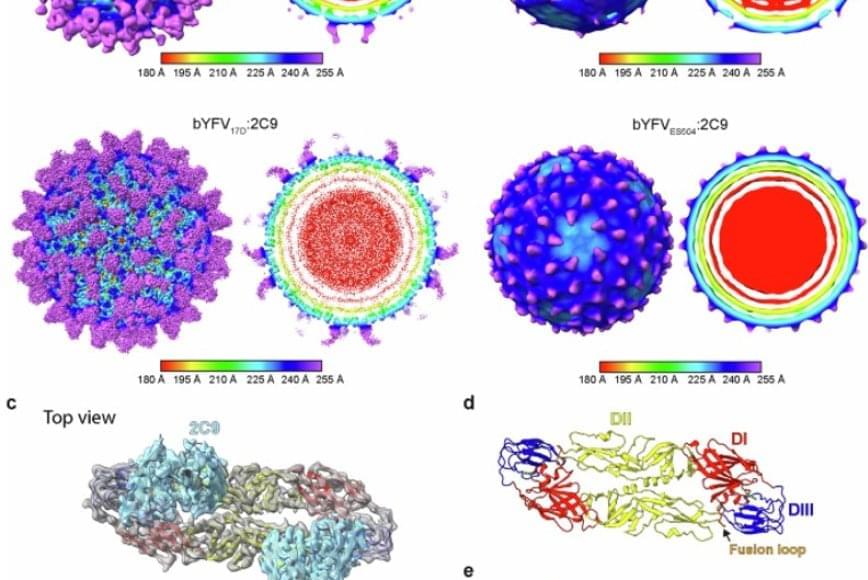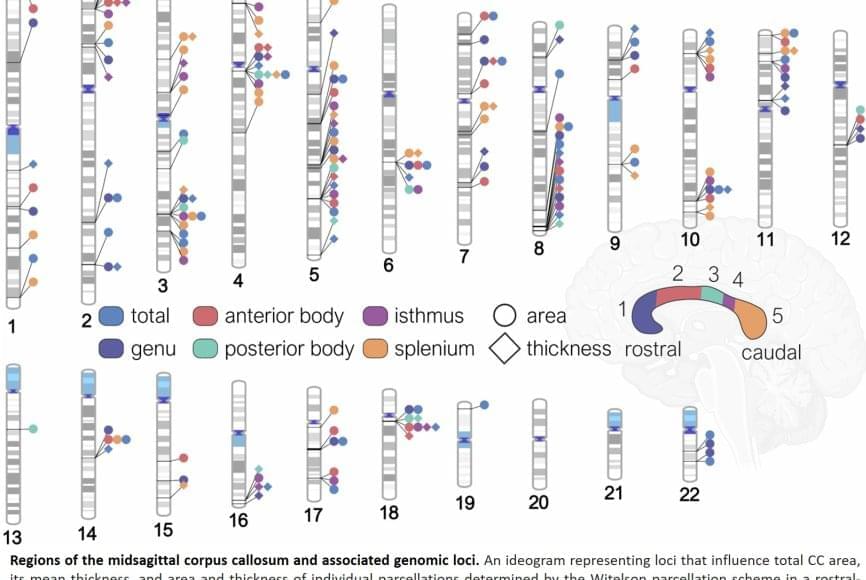Soft robots are prized for their agility and gentle touch, which makes them ideal for traversing delicate or enclosed spaces to perform various tasks, from cultivating baby corals in laboratories to inspecting industrial pipes in chemical plants. However, achieving embodied intelligence in such systems, where sensing, movement and power supply work together in an untethered configuration, remains a challenge.
Flexible materials can deform and adapt, but their power sources are unable to do so. Conventional batteries often stiffen the robot’s body, drain quickly, or degrade under strain, all of which leave soft robots tethered or with a short lifespan.
Assistant Professor Wu Changsheng and his team from the Department of Materials Science and Engineering and the Department of Electrical and Computer Engineering, College of Design and Engineering, National University of Singapore, found a way to turn that limitation into an advantage. Their study, published in Science Advances, demonstrates that the same magnetic fields used to control soft robots can also enhance the performance of the batteries inside them.








